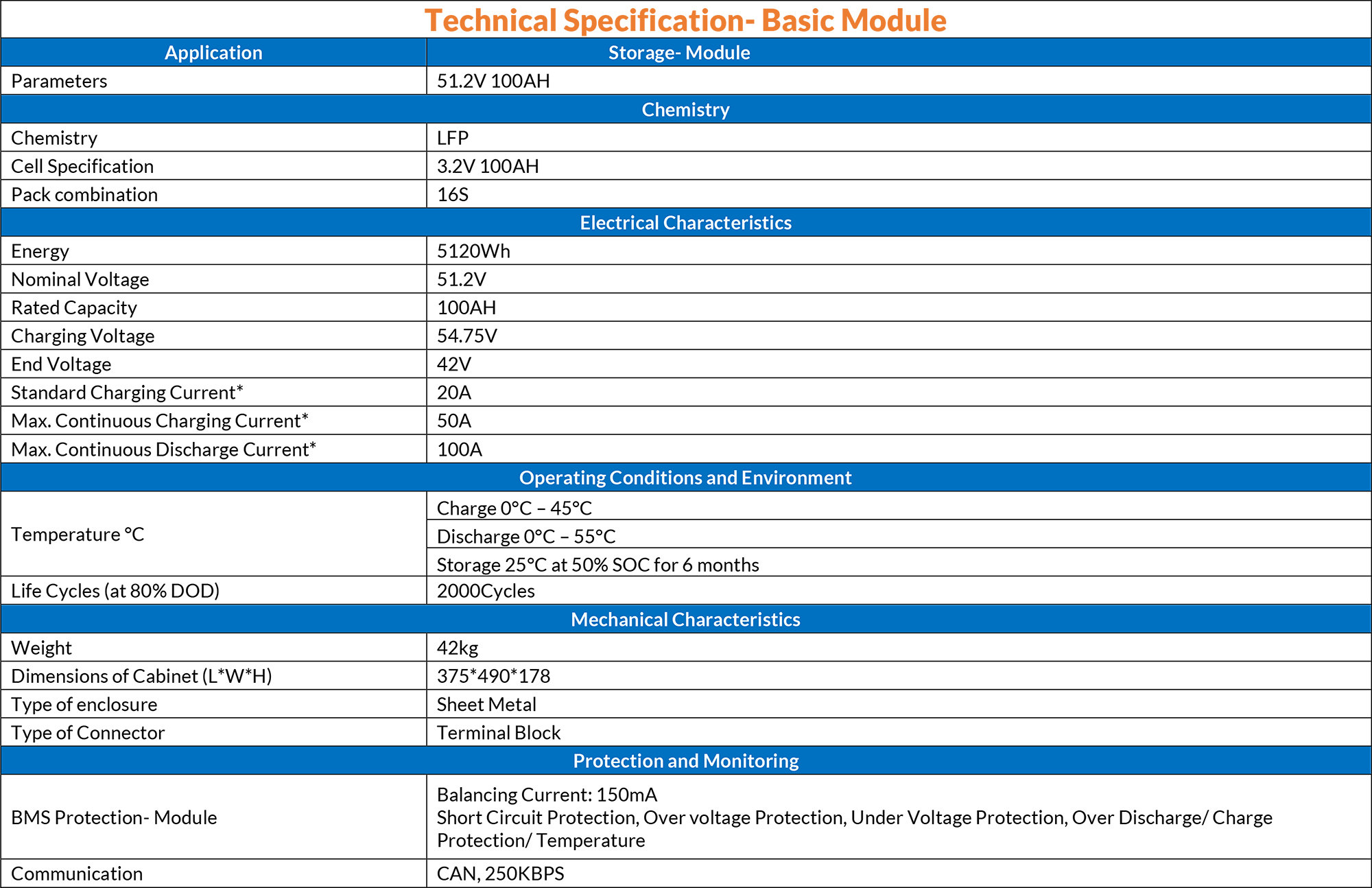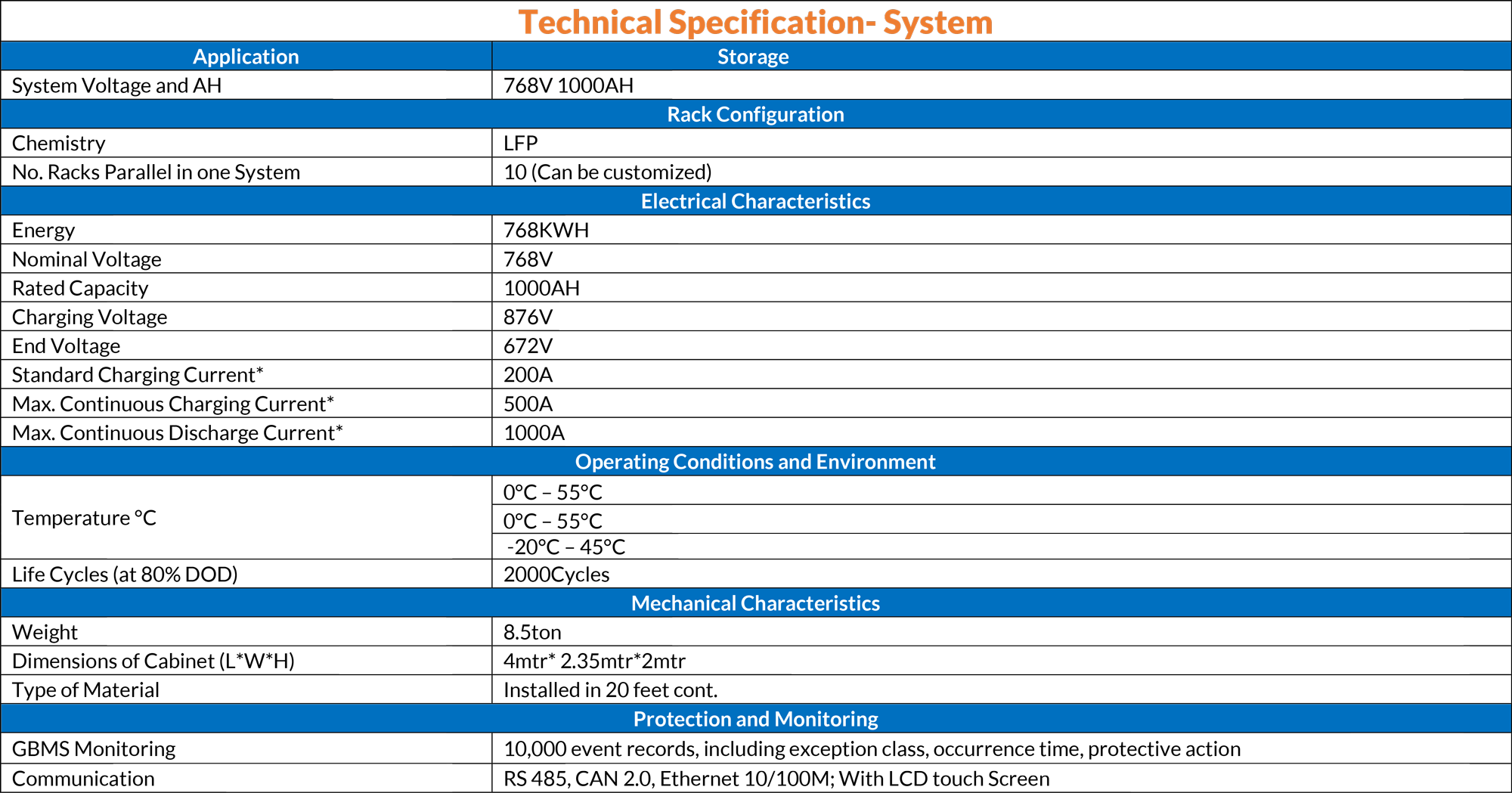UNDERSTANDING ABOUT ESS
Battery energy storage systems (BESS) can be used for a variety of applications, including frequency regulation, demand response, transmission and distribution infrastructure deferral, integration of renewable energy, and micro-grids. Different battery technologies can enable different applications that can provide various benefits to utility services, Independent System Operator (ISO) services, Regional Transmission Organization (RTO) services, and consumer services.
Because electricity supply and demand on the power system must always be in balance, real-time energy production across the grid must always match the ever-changing loads. The advent of economical battery energy storage systems (BESS) at scale can now be a major contributor to this balancing process. The BESS industry is also evolving to improve the performance and operational characteristics of new battery technologies.
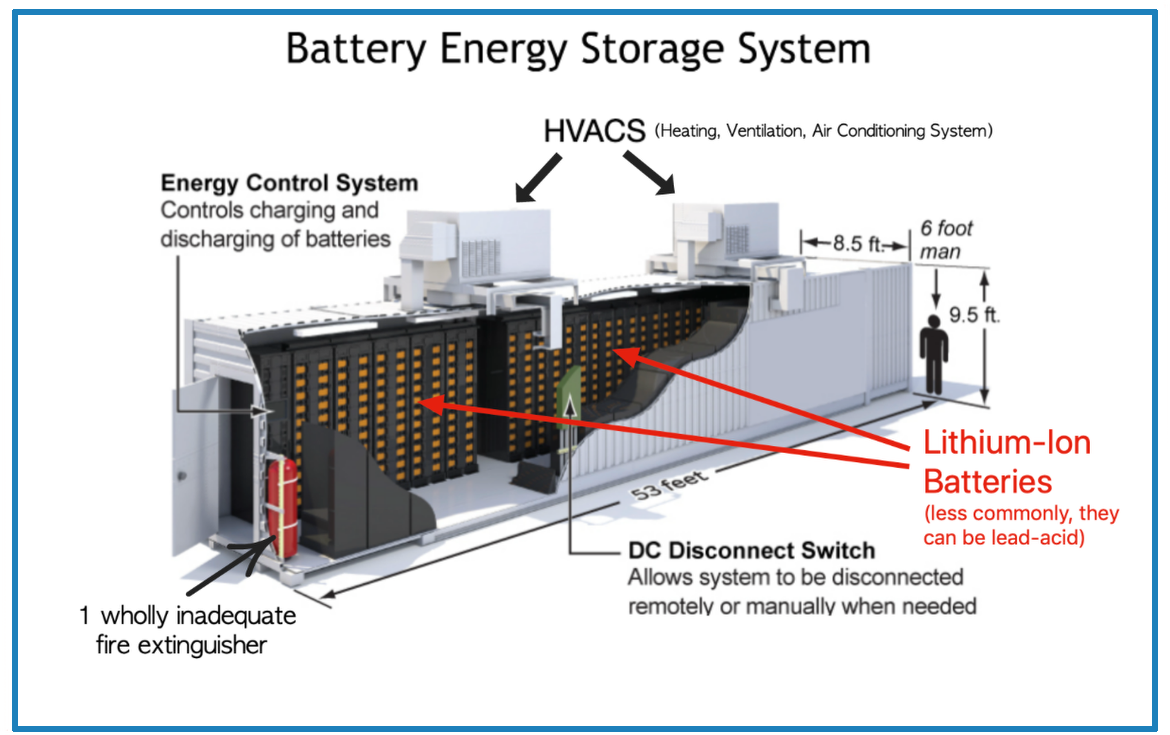
BESS USAGE PATTERNS
SOLAR GENERATION SMOOTHENING :
To mitigate the intermittent fluctuations of solar power generation due to cloud intermittency by smoothen Solar PV output power to grid. The BESS shall absorb short term power variations in Solar PV plant output by fast charging or discharging the battery and generate a smoother generation curve that can be absorbed in the grid in an easier way.
ENERGY TIME SHIFT(Peak Load Shaving) :
To time-shift the excess Solar PV plant output power and make it available to grid when needed. BESS shall automatically charge the battery with power from solar PV plant during solar generation hours and discharge the battery by supplying power to grid during peak load periods or as per grid operator requirement.
FREQUENCY REGULATION :
To provide frequency regulation based on frequency droop characteristic and deliver active power to the grid as a proportional response to a change in system frequency outside of the pre-defined frequency dead band (say 49.5 to 50.5). The operation in this mode shall be initiated by detection of low or high grid frequency while the BESS is in any other mode. After normalization of grid frequency to normal operating range, the BESS shall return to the mode in which it was operating at the start of frequency regulation mode.
BALANCING THE PEAK POWER DEMAND :
Solar Photovoltaic (SP) power can be used even when the sun is not shining with the help of a battery system that provides intermediate storage. The self-generated solar power can be significantly increased to over 70% which would reduce loads on electricity grids, particularly in the low-voltage range. The new combinations of inverters and energy storage devices mark the end of the conventional unidirectional feed-in of solar power
WORKING STRUCTURE OF BESS
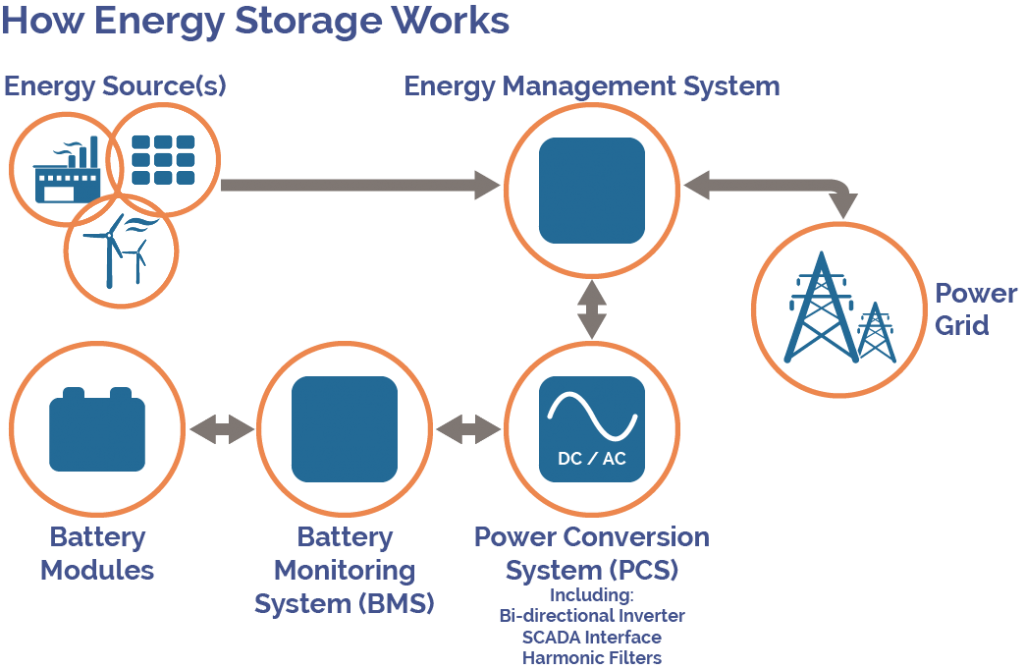
The BESS specially consists of following component,
POWER CONVERSION SYSTEM
The PCS (Power Conversion System) consist of converters, control system, transformer & switch gear (where needed).
BATTERY STORAGE SYSTEMS
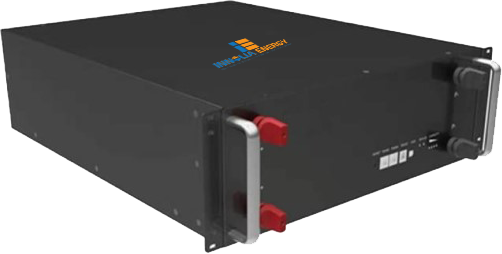
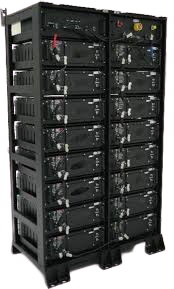
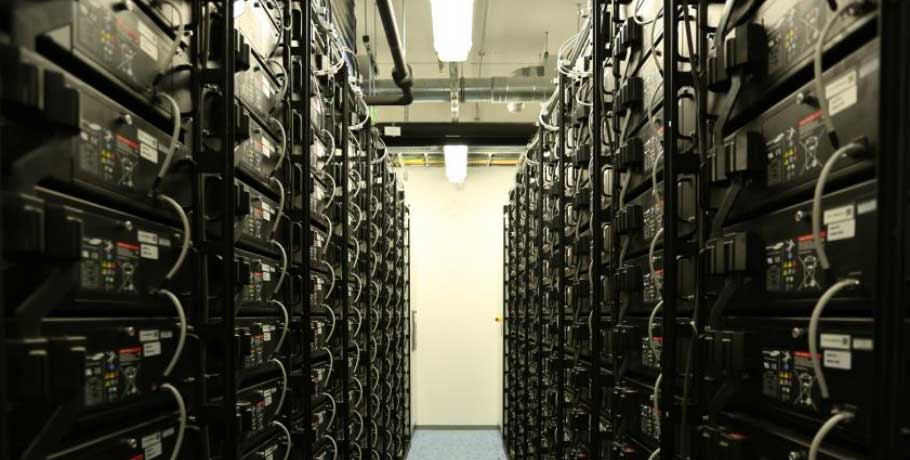
The market for BESS technology and Li-ion batteries is growing very rapidly and demand is coming from a wide range of industries and users. Consumers are using Li-ion battery technology extensively in their everyday lives.
Lithium-ion – these offer good energy storage for their size and can be charged/ discharged many times in their lifetime. The high efficiency lithium batteries are used in energy storage system with intelligent battery management system.
It’s a Modular type battery bank, stacked over a multiple racks to form high voltage systems and AH capacity, suitable to PCS and Backup time requirement.
BMS AND MONITORING SYSTEMS
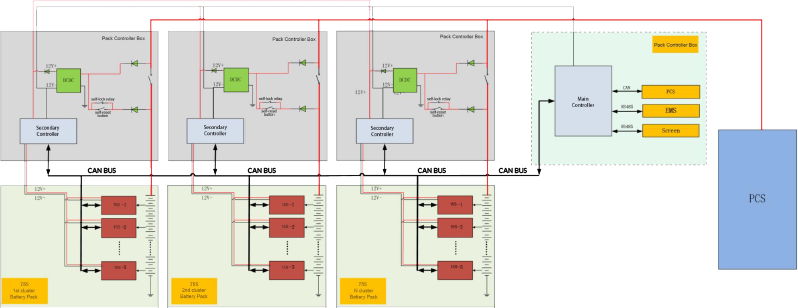
Each Module is monitored with BMS, for various protection, active balancing and SOC estimation. All BMS in each rack are communicate with RBMS which is a common for each rack. Multiple RBMS is controlled and communicate with EMS which monitor complete energy systems.
BMS- Battery management system for module
RBMS- Rack BMS for each rack
EMS-Energy management system
CONTAINORISED SOLUTION
A special container has been used in BESS systems, these containers are equipped with air conditioned systems and active fire protection systems they can maintain any temperature between -30°C and +30°C.

AIR CONDITIONED HVAC SYSTEM AND FIRE PROTECTION
A proper cooling system, to dissipate the heat produced by the batteries and dc switchboards will be provided. From the bottom trough the board’s top, the warmed air will reach a false roof and through it is ducted to the air conditioner units. The air conditioning system will be at least one unit and will be capable to keep the internal temperature between 21°C and 38 °C.
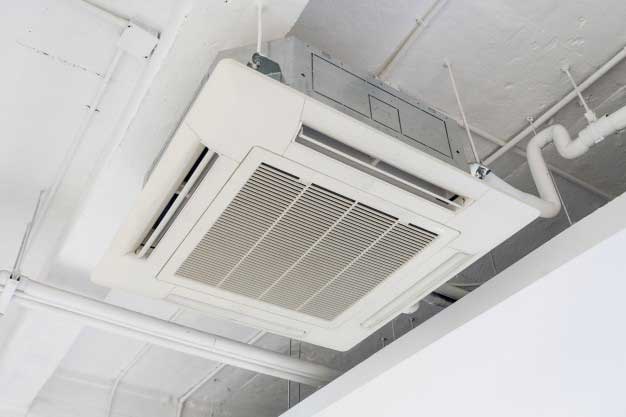
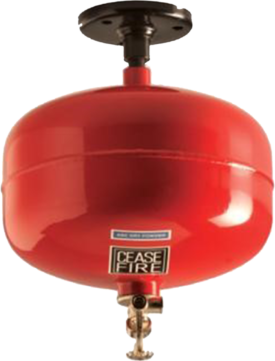
Technical Specification
ESS system Consist of basic module, 15nos of Module (Can be customized) are connected in series to achieve system voltage with one Rack BMS (RBMS) which monitor parameter of rack with communication with module BMS. Multiple Racks are parallel to achieve system rating and Monitored through energy management systems (EMS). It is communicated through battery management System (BMS), Rack battery management Systems (RBMS) and upload real- time data and numerical calculation, performance analysis, alarm processing and record store, in addition, it can realize and PCS host, storage scheduling integrated monitoring and control system according to the output power requirement and each battery SOC,optimization of load control strategies, ensure that all the total runtime of battery pack Is consistent.
